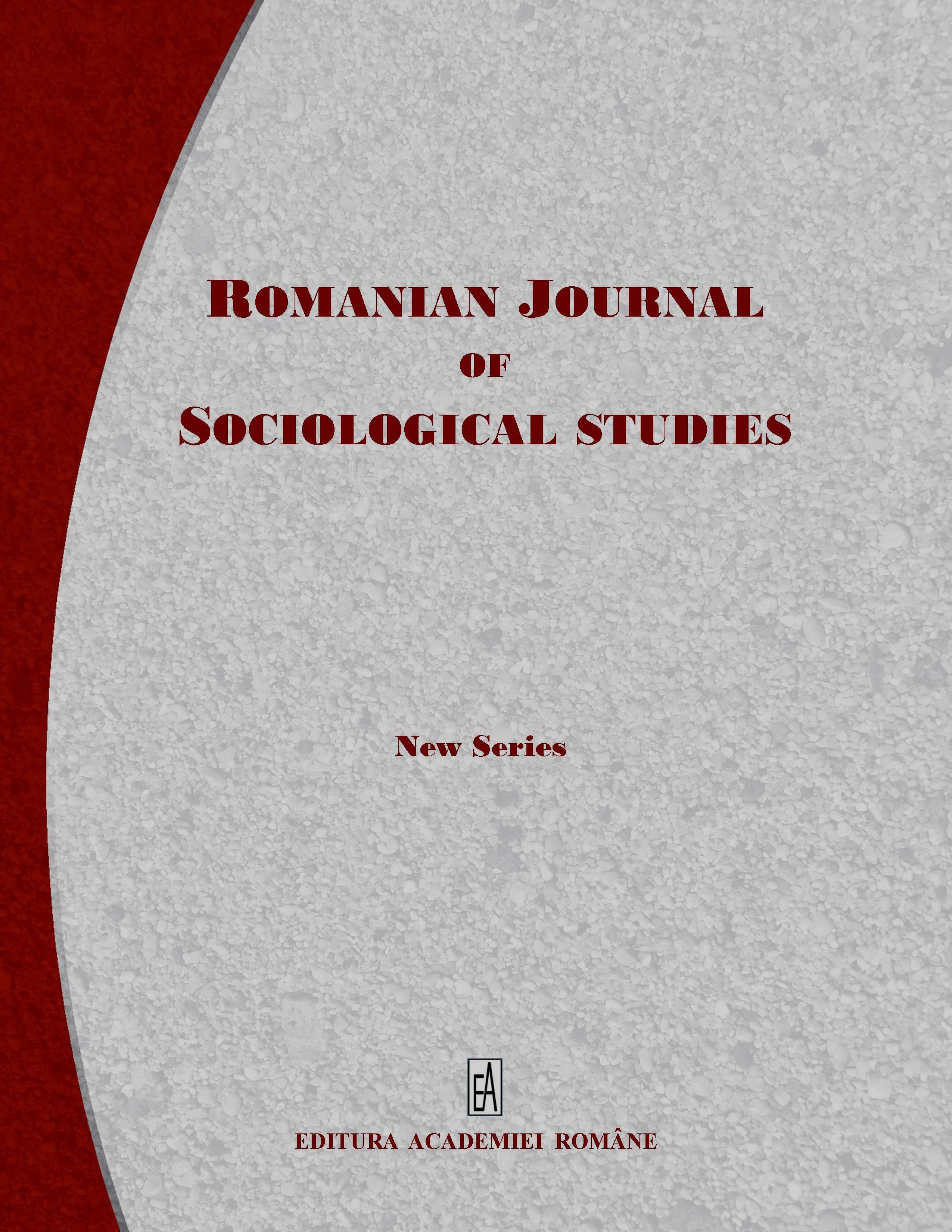NEO-MEDICAL PRACTICE AND DISEASE CONTROL IN GHANA: PERSPECTIVES ON ATIWA DISTRICT (1960–2010)
NEO-MEDICAL PRACTICE AND DISEASE CONTROL IN GHANA: PERSPECTIVES ON ATIWA DISTRICT (1960–2010)
Author(s): Samuel Adu-Gyamfi, Razak Mohammed Gyasi, Samuel Kwame Ampadu, Richard OwareSubject(s): Social Sciences, Sociology
Published by: Editura Academiei Române
Keywords: diseases; public health; hospitals; health centres; Atiwa district; Ghana;
Summary/Abstract: Using a qualitative research approach, this study focuses on the major medical systems; traditional and western medical practices in the Atiwa District of Ghana from 1960 to 2010 with particular emphasis on western medicine. The people of Atiwa District accessed the two medical systems to combat diseases and also to ensure a healthy life. Before the advent of western medical practice in the Atiwa District, people travelled to Nkawkaw, Koforidua, and Kyebi for medical treatment. Upon the establishment of health centres and hospitals with related impediments, that is, lack of access to health facilities due to long distance, bad roads and low levels of finance from the indigenous population among other things, the local population were not entirely convinced from discontinuing to access the services of traditional medical practitioners in addition to these basic neo-medical facilities. Diseases that were common among the people were malaria, skin diseases and stomach pains among others. However, new and different diseases in other regions also gradually infected the people within the district. They include cerebro-spinal meningitis (CSM), tuberculosis and HIV/AIDS among others within the period under review.
Journal: Romanian Journal of Sociological Studies
- Issue Year: 2018
- Issue No: 2
- Page Range: 159-183
- Page Count: 26
- Language: English

